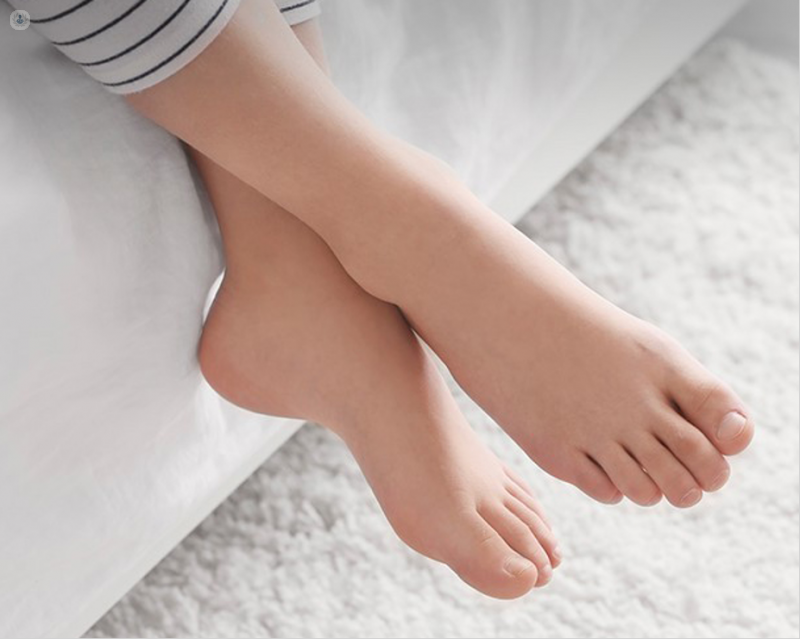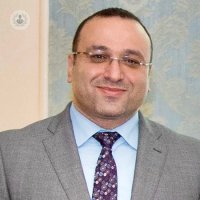FAQs on flat feet
Written by:You may be wondering if flat feet should be a cause for concern. We spoke to highly experienced orthopaedic surgeon, Mr Tarek El Gamal , to find out more information on this condition.

In this article, he has answered some frequently asked questions on flat feet and lets us know how they can be treated.
Is having flat feet painful?
Almost 30% of adults have flat feet, and despite the high prevalence in the population, flat feet are usually painless and don't require any intervention.
Are flat feet diagnosed simply by looking at the feet?
Flat feet or loss of arch is observed when the entire sole of the foot comes into complete or near-complete contact with the ground.
Can flat feet be prevented?
Some people are born with flat feet. Others as they get older could have what is called ''adult flat feet''. There are many reasons that could lead to one developing flat feet as an adult. This is common in females over 40 with comorbidities. These include: diabetes, obesity and rheumatoid arthritis. Managing those comorbidities, as well as shoewear modifications, could help mitigate the symptoms of flat feet.
What happens if flat feet are left untreated? Is correcting them necessary?
If you notice you have fleet and it is painless, I would advise you start using medial arch support in your shoes. In addition, one would advise to start doing arch strengthening exercises. This should stop in many cases the flat feet becoming painful.
Our feet are very malleable and versatile. They act as shock absorber when we walk. Once flat feet become painful, this is a warning sign that part of our feet are taking more load than expected. If left untreated this could lead to tendon rupture and/or arthritis in multiple joints of the foot and even the ankle joint.
If you have painful flat feet, I would advise your see your GP. Sometimes in the early stage a plaster or boot needs to be applied for 4-6 weeks to prevent tendon damage. Surgical correction is indicated depending on the level of the tendon and/or joint arthritis. The treatment is tailored case by case. This could vary from bony correction procedures ,via keyhole surgery, to joint fusion.
How can flat feet be looked after/corrected, if necessary?
Once surgical correction of flat foot is done, the patient will need to wear a custom-made insole with foot print. The patient is also advised to have intensive physiotherapy after the surgery. The aim is to train the body to appreciate the new alignment achieved after the corrective surgery. This is the key for a successful outcome.
If you may require treatment for flat feet, we recommend having a consultation with Mr Tarek El Gamal , a leading orthopaedic surgeon. Click here to visit his Top Doctors profile today for information on appointment availability.


